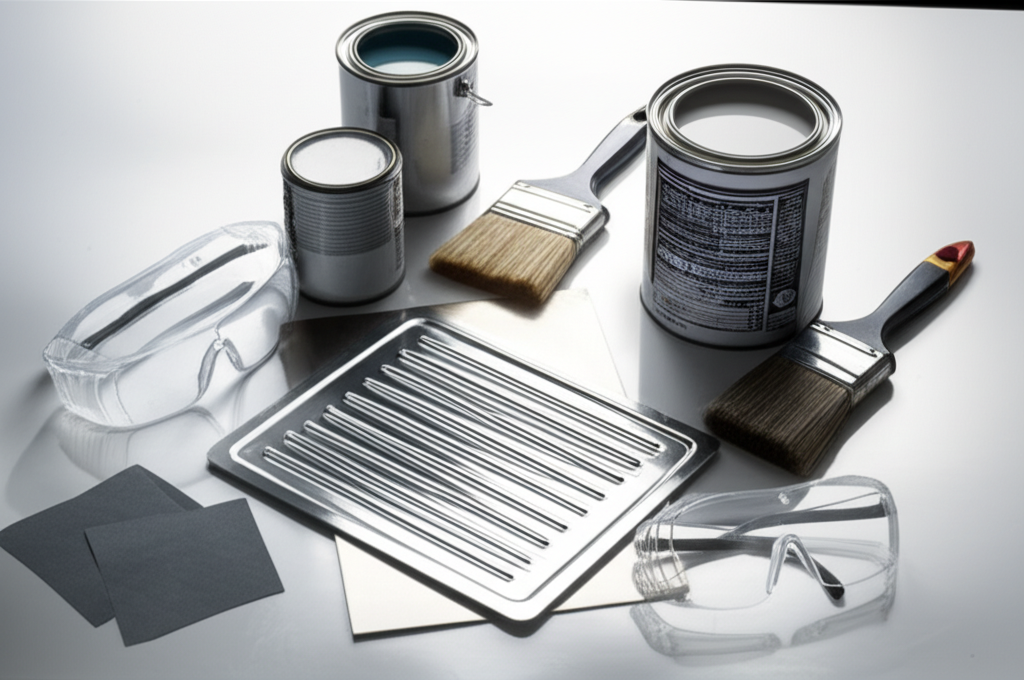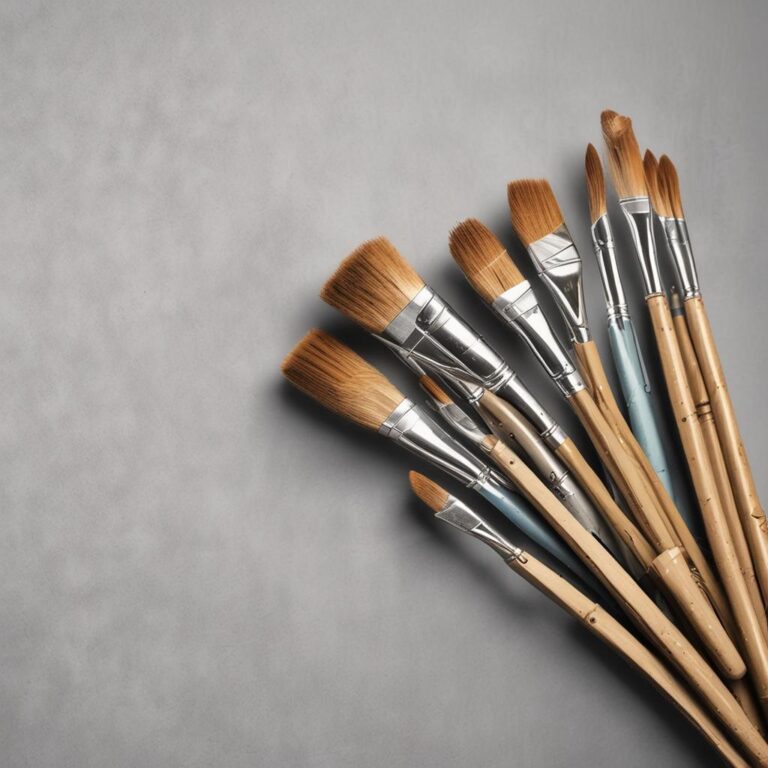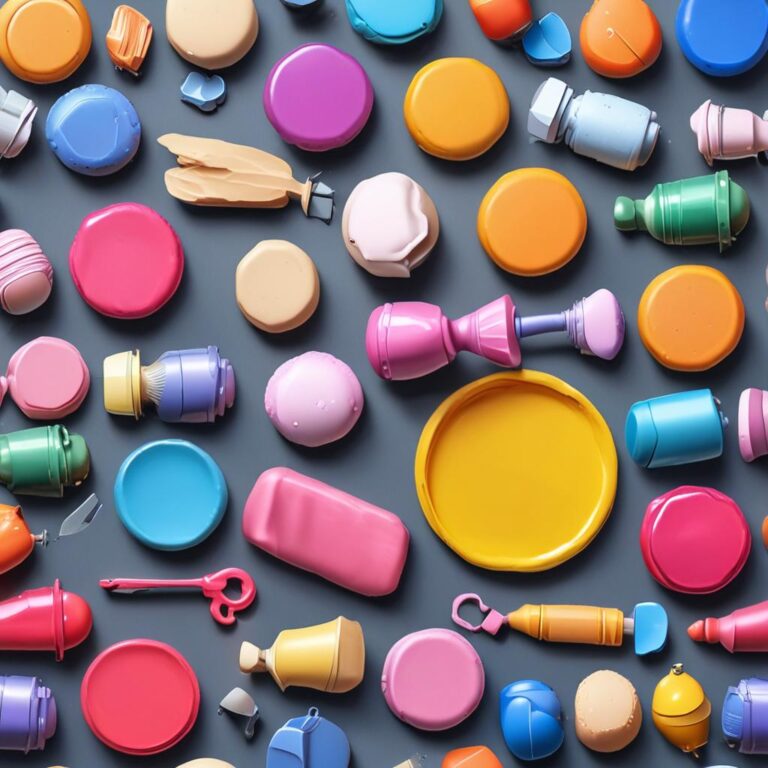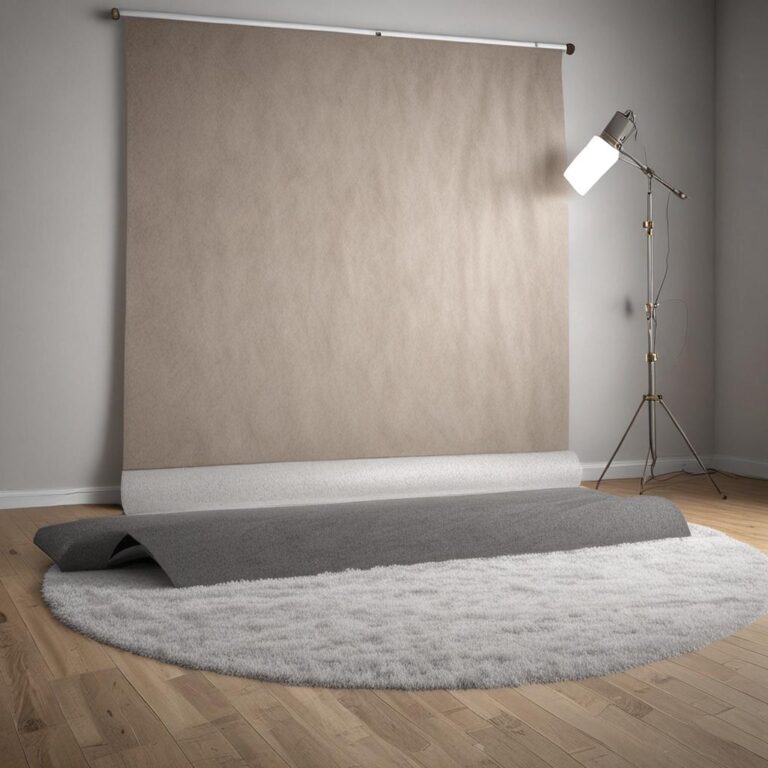How to Paint Metal
Painting metal surfaces can be a daunting task, especially for those who are new to DIY projects or have limited experience with painting. However, with the right steps and materials, you can achieve a professional-looking finish on metal surfaces. Painting metal is an essential process in various industries, including construction, automotive, and manufacturing, as it provides a protective layer against corrosion and enhances the appearance of the metal. In this article, we will guide you through the process of painting metal, from preparation to finishing touches.
Preparing Metal for Painting
Before you start painting, it’s crucial to prepare the metal surface properly. This involves cleaning, removing old paint and rust, and sanding the surface to create a smooth finish.

Cleaning the Metal Surface
Cleaning the metal surface is the first step in preparing it for painting. You need to remove dirt, grime, and oils that can interfere with the painting process. You can use soap and water, degreasers, or wire brushing to clean the metal surface. Make sure to wear protective gear, such as gloves and safety glasses, when working with chemicals or power tools. It’s also essential to ensure a thorough cleaning, as any remaining dirt or grime can affect the paint’s adhesion.
Removing Old Paint and Rust
Removing old paint and rust is a critical step in preparing metal for painting. You can use sanding, wire brushing, or chemical strippers to remove old paint and rust. When working with chemicals, make sure to follow safety precautions and wear protective gear, such as gloves and safety glasses. It’s also essential to ensure that the surface is completely clean and free of debris before proceeding.
Sanding and Smoothing the Surface
Sanding and smoothing the surface is the final step in preparing metal for painting. You can use sandpaper or sanding blocks to create a smooth surface. This will help ensure that the paint adheres evenly and creates a professional-looking finish.
Choosing the Right Paint and Materials
Choosing the right paint and materials is crucial for achieving a professional-looking finish on metal surfaces.
Types of Paint for Metal
There are several types of paint for metal, including latex, epoxy, and enamel. Each type of paint has its characteristics, such as durability, adhesion, and color retention. Epoxy and enamel paints are popular choices for their durability and adhesion.
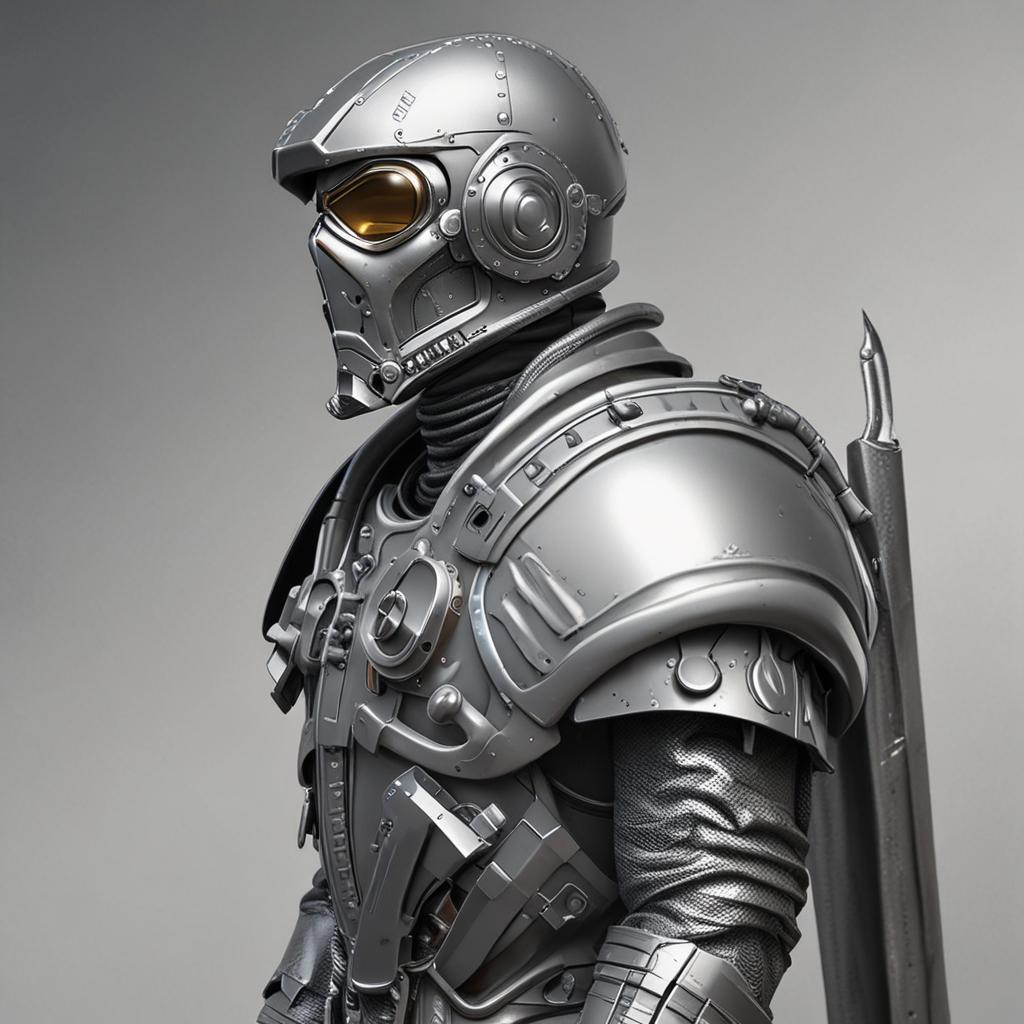
Primers and Coatings
Primers and coatings are essential for metal surfaces, as they provide an extra layer of protection and help the paint adhere. Zinc-rich primers and conversion coatings are popular choices for metal surfaces.
Additional Materials and Tools
In addition to paint and primers, you’ll need additional materials and tools, such as brushes, rollers, and spray guns. Make sure to choose the right tools for the job and follow safety precautions when working with power tools.
Painting Metal: Step-by-Step
Now that you’ve prepared the metal surface and chosen the right paint and materials, it’s time to start painting.
Applying Primer (Optional)
If you’re using a primer, apply it according to the manufacturer’s instructions. Make sure to cover the entire surface evenly and avoid drips.
Applying Paint
Apply paint using a brush, roller, or spray gun. Make sure to follow the manufacturer’s instructions and apply thin, even coats. Allow each coat to dry completely before applying the next one.
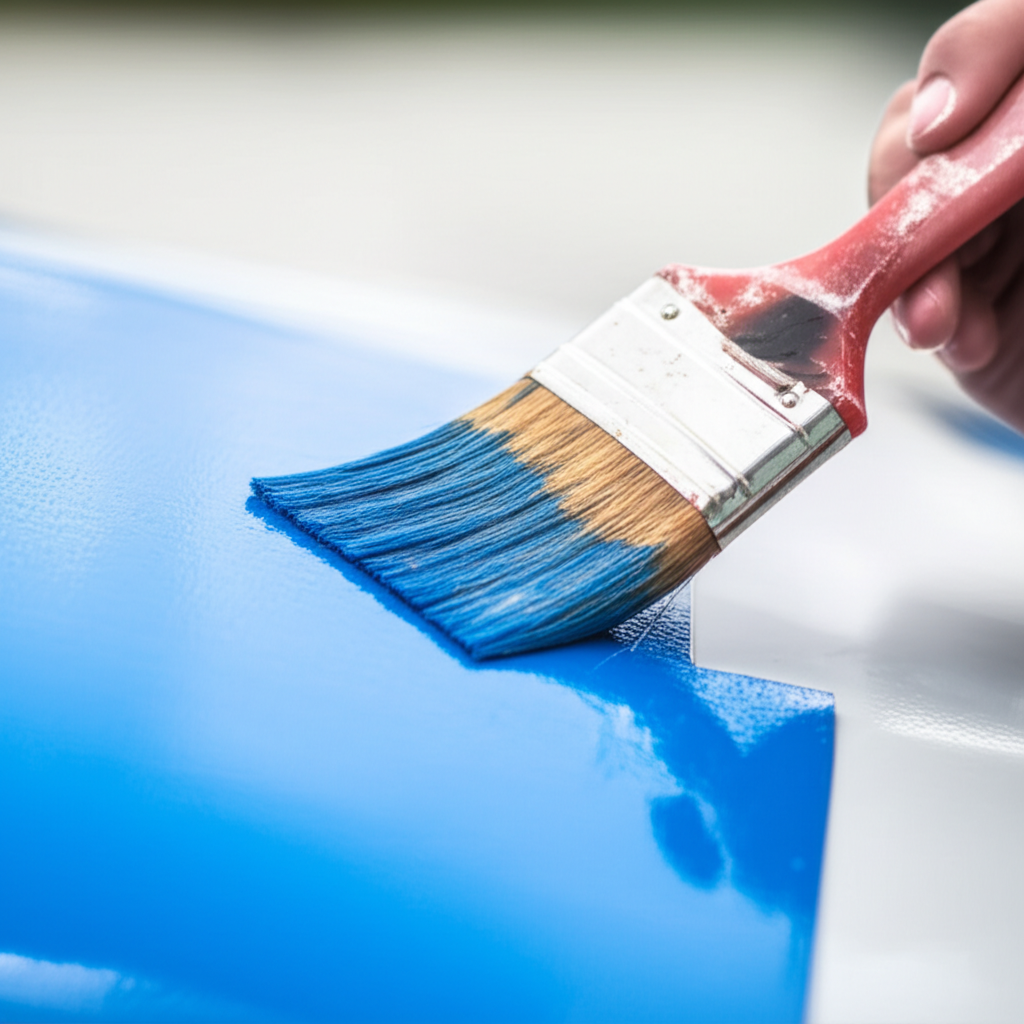
Applying Additional Coats
Depending on the type of paint and desired finish, you may need to apply additional coats. Make sure to allow each coat to dry completely before applying the next one.
Finishing Touches
Once you’ve applied the final coat of paint, it’s time to add the finishing touches.
Curing and Drying
Allow the paint to cure and dry completely, according to the manufacturer’s instructions. You can speed up the curing process using heat guns or fans.
Inspecting and Touching Up
Inspect the finished surface for imperfections and touch up any mistakes or areas that need attention.
Conclusion
Painting metal surfaces requires preparation, patience, and the right materials. By following these steps and tips, you can achieve a professional-looking finish on metal surfaces. Remember to practice and experiment with different techniques and materials to find what works best for you.
Frequently Asked Questions (FAQs)
Q: What kind of paint is best for painting metal?
A: The best type of paint for metal depends on the specific application and desired finish. Epoxy and enamel paints are popular choices for their durability and adhesion.
Q: Do I need to prime metal before painting?
A: Priming metal is not always necessary, but it can help ensure a strong bond between the metal and paint. Zinc-rich primers are a popular choice for metal surfaces.
Q: Can I paint over rusty metal?
A: It’s not recommended to paint over rusty metal. Instead, remove the rust and clean the surface before painting.
Q: How do I prevent paint from chipping off metal surfaces?
A: To prevent paint from chipping off metal surfaces, make sure the surface is clean and dry, apply a primer if necessary, and use a paint specifically designed for metal.
Q: Can I use a spray gun to paint metal?
A: Yes, spray guns can be used to paint metal surfaces. However, make sure to use a gun specifically designed for painting metal and follow all safety precautions.

